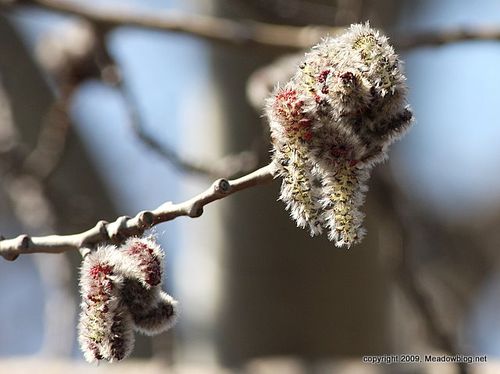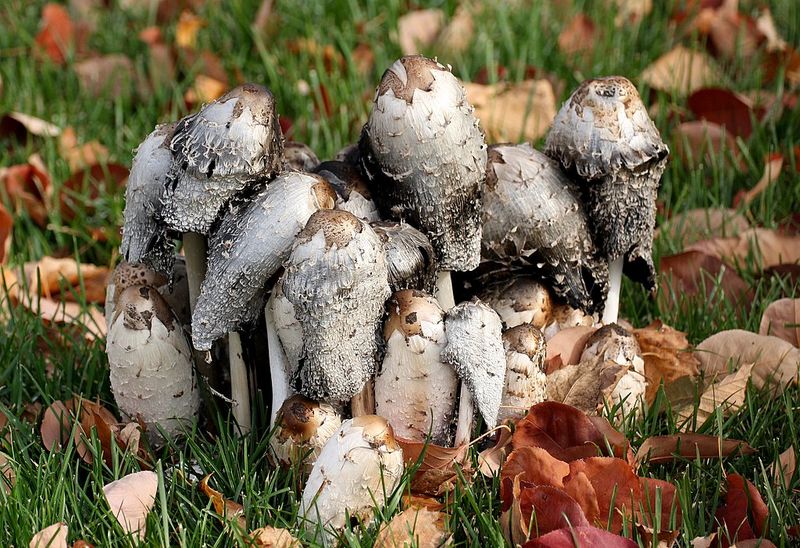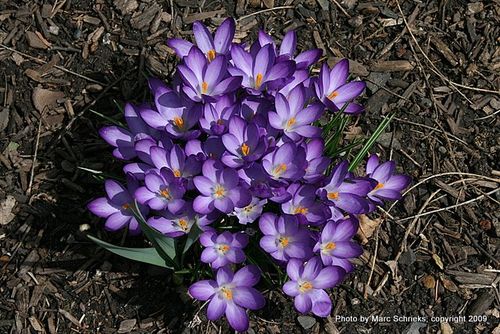
NJMC staffer Marc Schrieks took this shot of Crocuses at DeKorte Park last week.
Category Archives: Plants and Planting
Name that flora
Sign of spring
MYSTERY PLANT
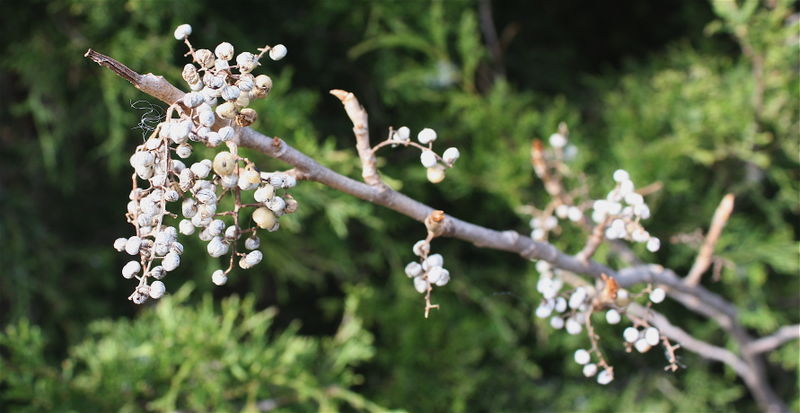
We saw this growing out of a juniper tree while we were on a guided walk last week in Harrier Meadow.
Some of us touched it — and then we realized that it was likely Poison Ivy.
Any dissenting opinions?
We washed our hands thoroughly with soap and water as soon as we could, and got no rash.
But we were reminded of a basic lesson of walking in the wild — don't touch plants, especially when you're unsure what they are.
More on Poison Ivy here.
MUSHROOM MANIA
These awesome mushrooms appeared this week by the butterfly garden at DeKorte Park.
They are Shaggy Manes.
WILD CUCUMBER
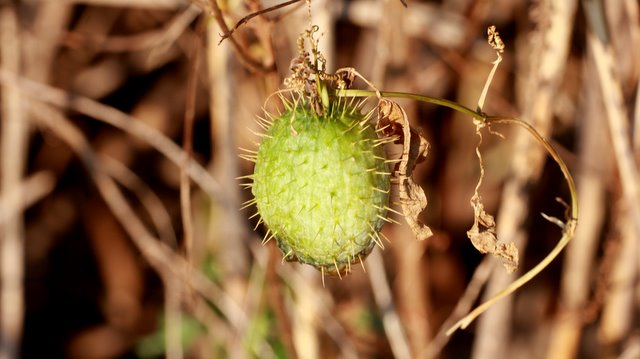
Last month, we had asked friends of this blog to help identify an odd pod we had found at Harrier Meadow. The response was: "wild cucumber."
Last week we found one still on the vine and thought we'd share a pic. More on wild cucumbers here.
RIDGEFIELD: Natural attractions
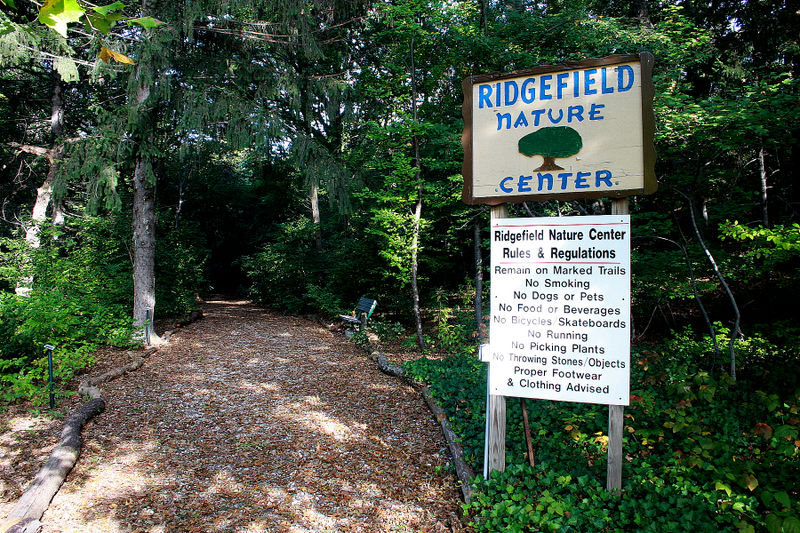 Ridgefield, in the northern part of the Meadowlands District, has several nifty attractions, from the restored wetlands of the Skeetkill Creek Marsh to the Monk Parakeets that nest under the highway bridge over the train tracks on Railroad Avenue.
Ridgefield, in the northern part of the Meadowlands District, has several nifty attractions, from the restored wetlands of the Skeetkill Creek Marsh to the Monk Parakeets that nest under the highway bridge over the train tracks on Railroad Avenue.
But there's also the Ridgefield Nature Center, a beautiful wooded natural area comprising 5.4 acres off Shaler Boulevard by Ray Avenue.
The property was the source of the spring for the Great Bear Spring Water Co. from 1920 to 1975, at which point the land was sold to the Borough of Ridgefield.
Since then, the borough has been restoring the site, planting well-labeled native trees and plants and curtailing the invasive species. Those are labeled, too — so you'll know what to look out for in your own backyard and elsewhere.
Click "Continue reading…" immediately below for more information on the Ridgefield Nature Center.
MARSH RESEARCH: Innovations
One of the Meadowlands Commission’s missions is to revitalize and diversify the region’s wetlands.
To replace the invasive species phragmites, a tall inhospitable reed that tends to dominate a marsh, NJMC has been planting all sorts of native marsh grasses in marshes throughout the 14-town district.
To measure the success of those efforts, the NJMC’s Meadowlands Environmental Research Institute has been using some innovative methods, including the use of helium-balloon photography (see video above).
On Thursday, MERI is holding a workshop for wetlands professionals on the use of such remote techniques to monitor marsh vegetation.
More about the workshop here.
MILL CREEK MARSH: Don Torino reports
Just in time for October’s arrival, birder Don Torino reports:
Visited Mill Creek marsh trail [yesterday] morning, The colors were unbelievable. This has to be the most beautiful time of year to visit.
The yellows of the Goldenrods full of Bumblebees and Monarch butterflies, the faded pinks of the Fleabane and Smartweeds, the purples and blues of the Pokeweeds and the Cedar Berries, and the Whites of the Snakeroot and Sea Myrtle.
No painter could ever put anything on a canvas that would come close to how wonderful it looked Tuesday morning.
The Savannah Sparrows and Yellow-rumped Warblers seemed to be everywhere ! I hope all your readers get a chance to visit there real soon.
SALTMARSH BULRUSH
The Meadowlands Commission is adding another weapon in its battle to increase  biodiversity in the 30.4-square-mile district.
biodiversity in the 30.4-square-mile district.
This week, Commission naturalists reintroduced saltmarsh bulrush, a valuable wetlands plant, at several sites in the Meadowlands.
The sites included the the Mill Creek Marsh in Secaucus and Harrier Meadow in North Arlington, with more sites planned down the road.
Click "Continue reading …" for more information and photos.

